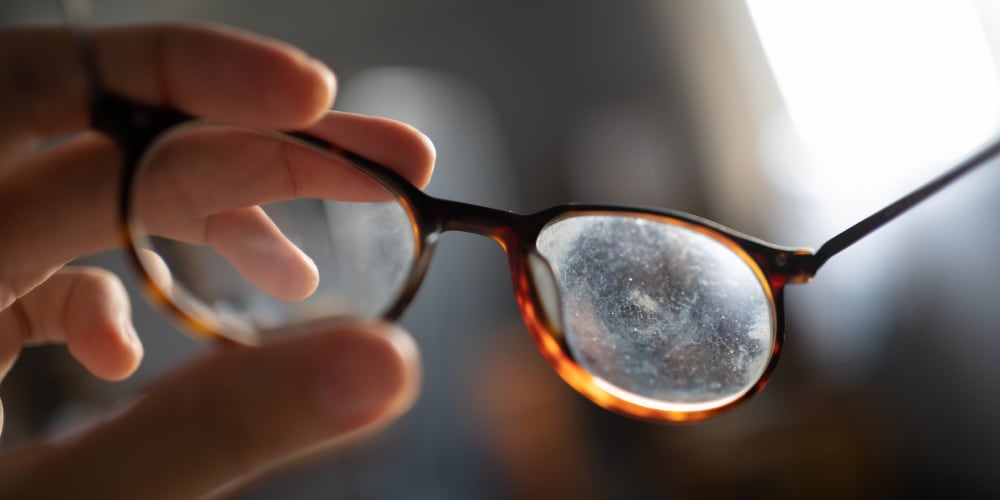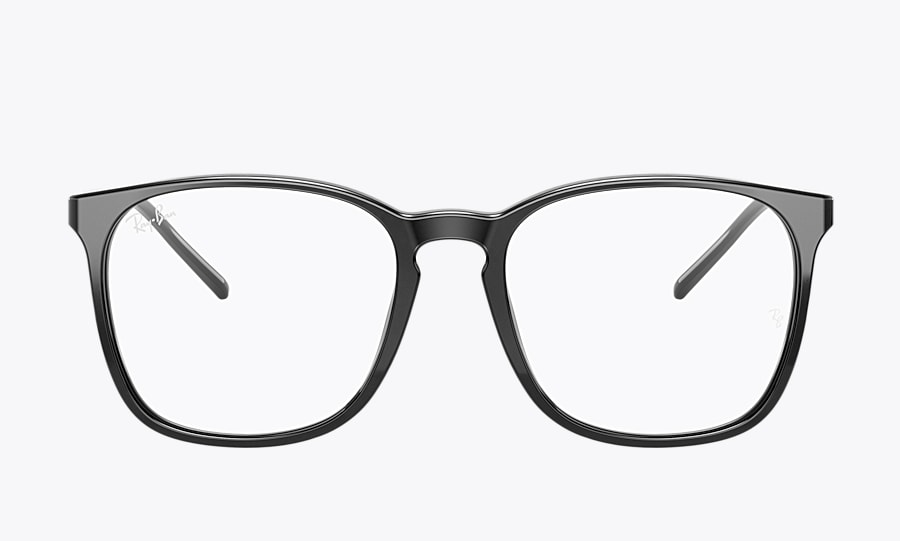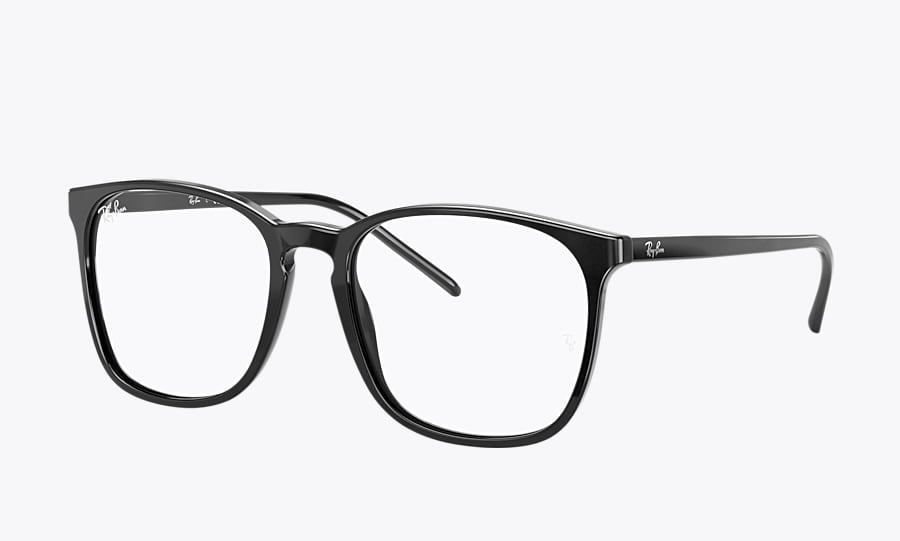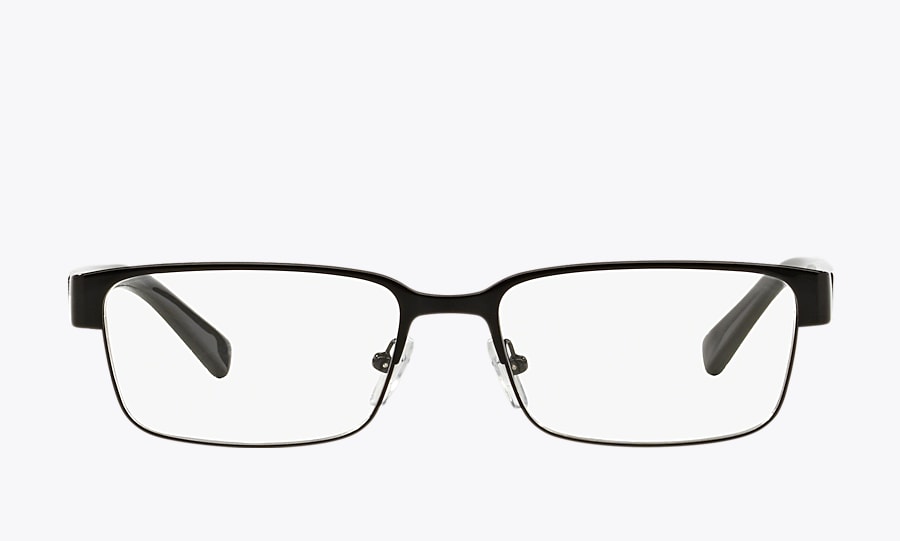
What causes crazing in glasses and what can you do to avoid crazed lenses? Lens crazing is the spider web-like effect that can occur when your glasses' special lens coating gets damaged through exposure to extreme temperatures. Crazing can happen to the anti-reflective coating on eyeglass lenses, making the world appear fuzzy when looking through the lenses.
Anti-reflective lenses (AR) and polarized lenses have a lot of advantages for eyeglasses. These kinds of treatments can get rid of reflections, ease eye strain, and even improve the appearance of your glasses. But the coatings are susceptible to crazing. So, you'll need to take extra precautions to prevent crazing.
Crazing on glasses
If you suddenly realize that your relatively new glasses aren't helping you see as well, crazing may be to blame.
If you notice the distinctive web of hairline cracks, get in touch with the eye doctor or optical store where you bought the glasses to locate a fix that will restore your ability to see well.
If your sight gets blurry when wearing your glasses and you think that crazing is the problem, find a local or online optical shop. Even better, get in touch with the optical shop or internet merchant where you bought your glasses.
What causes crazing in glasses
Crazing may be caused by incorrect anti-reflective coating treatment in the lab during manufacturing. In addition to these factors, crazing or cloudy lenses can also be brought on by:
- The use of window cleaner, rubbing alcohol, or any abrasive home cleaner to clean your glasses
- Extreme or quick temperature changes could cause the lenses' AR coating to stretch and contract
- Wearing glasses during high-temperature activities, such as grilling or welding.
Your lenses could suddenly start to craze for no apparent reason. In these situations, the crazing may be a problem with the workmanship.
How to fix crazed lenses
Fixing crazing on glasses is possible by removing the anti-reflective coating from the lenses.
The effectiveness of these stripping treatments will depend on the kind of lens and coating used. Some eye care specialists and optical labs have access to them.
For instance, polycarbonate or high-index lenses might not be able to be stripped of their AR coating.
Some people who wear glasses resort to do-it-yourself remedies, such as vinegar and glass-etching substances that they get at craft stores.
Crazing repair is best left to experts because DIY results could vary, and your eyes and vision are on the line. See if your lenses are still under warranty first.
You may also like
Is crazing covered by warranty?
Many manufacturers offer a one- or two-year warranty on their prescription eyewear. Certain warranties expressly cover crazing brought on by a manufacturing flaw, which is likely to manifest itself during the first six months of regular usage.
This implies that crazing brought on, for instance, by leaving glasses in a hot car, may not be covered by your warranty. Be advised: some sellers may apply a fee to the repair or replacement of your damaged lenses.
How to prevent crazing on glasses
By properly cleaning your glasses, you can avoid crazing and surface scratches.
To get rid of dirt and debris when your glasses become dirty, rinse them with lukewarm tap water. Then clean your glasses.
You can use dish soap that doesn't contain lotion and a fresh, lint-free cotton towel to clean your glasses properly, or you can use a lens spray designed especially for cleaning eyeglasses.
Finally, keep your glasses away from extremely hot or cold temperatures.
















